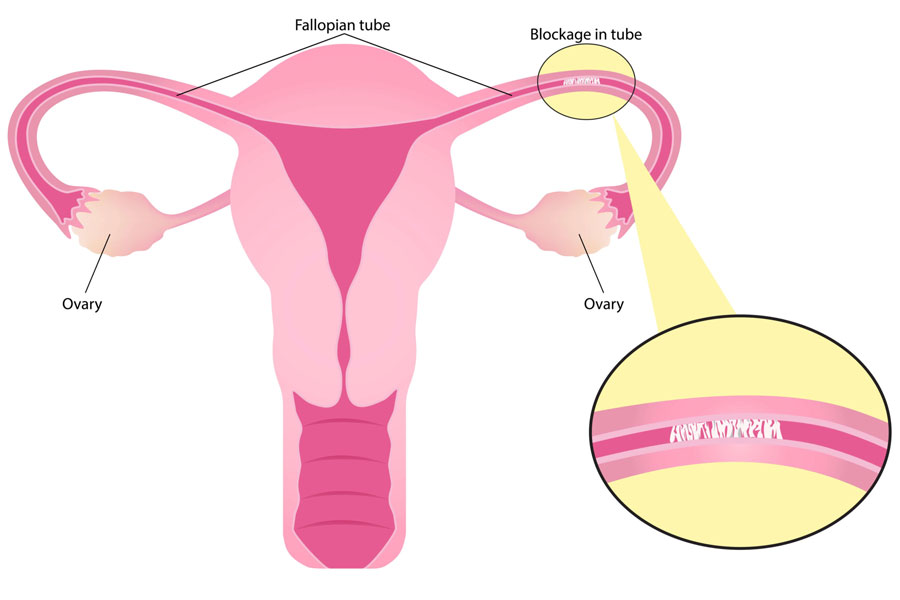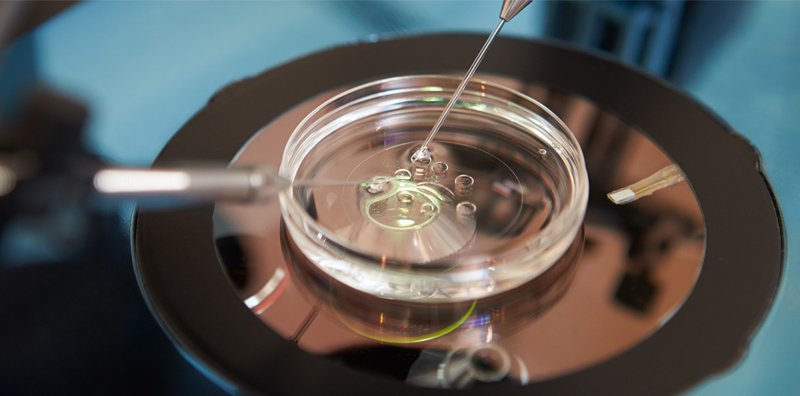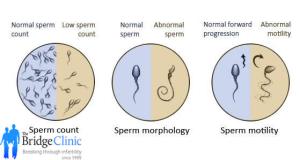
15:12 2nd February 2021 | Tubal Blockage
Blocked tubes Tubal blockage Fallopian tubes
One of the commonest causes of infertility is tubal blockage, accounting for up to 30% of cases. Essentially, fallopian tubes must be open and have no swelling or scar tissue to perform optimally. With one healthy tube natural conception is certainly possible.

20:51 9th February 2016 | Menstrual Cramps
Endometriosis Uterine Lining Cervix Vagina Fallopian Tubes Blood Shed Menstrual Cramps Chronic Pelvic Pain Painful Intercourse Pelvic Surgery Ovarian Cyst Infertility Patients Fertility Problems Pelvic Examination Laparoscopy IVF FET
Endometriosis is a common condition that affects women during their reproductive years. It occurs when tissue similar to the uterine lining (endometrium) attaches to organs in the pelvis and begins to grow. This displaced endometrial tissue causes irritation in the pelvis which may lead to pain and infertility.
Experts do not know why some women develop endometriosis, although there are indications of a correlation between endometrios...

08:05 9th February 2016 | Medical Assessment
Sterility Infertility Fertility Unprotected Intercourse Pregnancy Testicular Factor Abnormal Sperm Production Testosterone Deficiency Genetic Defects Undescended Testes Post Testicular Factors Male Fertility Male Genital System Testicular Sperm Production Prostatic Retrograde Ejaculation Ejaculatory Duct Obstruction Hypospadias Impotence Fallopian Tubes Pelvic Infections Endometrosis Ovulation Cervical Blockage Mucus Production Hormone Testing Sperm Count Microscopic Examination FertilitySure Assessment
Many people use the terms sterility and infertility as if they are interchangeable. They are not and it is important to understand the difference. Primary Sterility is when a couple is unable to conceive after having unprotected intercourse for a specified period. Secondary sterility is when a couple has had at least one child but has been unable to achieve another pregnancy.
There are two categories of infertility. Primary infertilit...
03:07 12th January 2014 | Embryo Culture
Fertilisation Fallopian Tubes Natural Conception Fertilised Eggs Implantation IVF Treatment Cycle Embryo Transfer Day 5 5th Day Blatocyst Culture Conditions Quality Management System IVF Clinics Bridge Clinic Pregnancy
Fertilisation of the egg by the sperm occurs within the Fallopian tubes during a natural conception. The fertilised egg travels along the Fallopian tube to get to the uterus for implantation on the 5th day after fertilisation.
It has increasingly been shown that implantation rates and hence pregnancy rates are much higher when embryos are cultured to the fifth day before transfer in an IVF treatment cycle.
The risk, of course is t...

04:52 14th May 2013 | Unexplained Infertility
Natural Conception Intercourse Sperm Vagina Womb Cervix Uterus Fallopian Tubes Ovaries Ovulation Fertilisation Foetus Fertile Couples Normal Sperm Pregnancy Male Infertility Female Infertility Fertilised Eggs Maximal Infertility Basic Investigations Tubal Patency Semen Test Falloposcopy Semen Function Cummulative Risk Pelvic Infection Environmental Toxins
Before a couple can achieve conception naturally, they must have intercourse and during this process, the man ejaculates, that is, releases his sperm into the woman’s vagina. The sperms swim through the neck of womb (the cervix) into the uterus and down the fallopian tubes where, hopefully, the sperms will meet an egg that has been released from the women’s ovaries if intercourse coincides with ovulation. Fertilization may occur with a ...

04:56 7th April 2013 | Motile Sperm
Sperm Count Normal Motile Sperms Fallopian Tubes IVF Fertilisation Chromosomal Abnormalities Klinefelters Syndrome Undescended Testes Normal Sperm Production Dilatation Infertility Semen Parameters
The importance of sperm count is explained in the concept of the total normal motile count. This is the total amount of sperms that are normal and also motile that is available to fertilise the eggs. There is evidence that following intercourse only about 15% of the total normal motile sperms get to the site of fertilisation of the egg in the fallopian tubes. We also know from our experience with IVF that we need approximately 200,000 s...
Search by condition, treatment or keyword and conveniently browse our informative articles
Book an appointment online or search for a clinic close to you.
Book an Appointment
We’re here for you from your first appointment to the end of your journey.